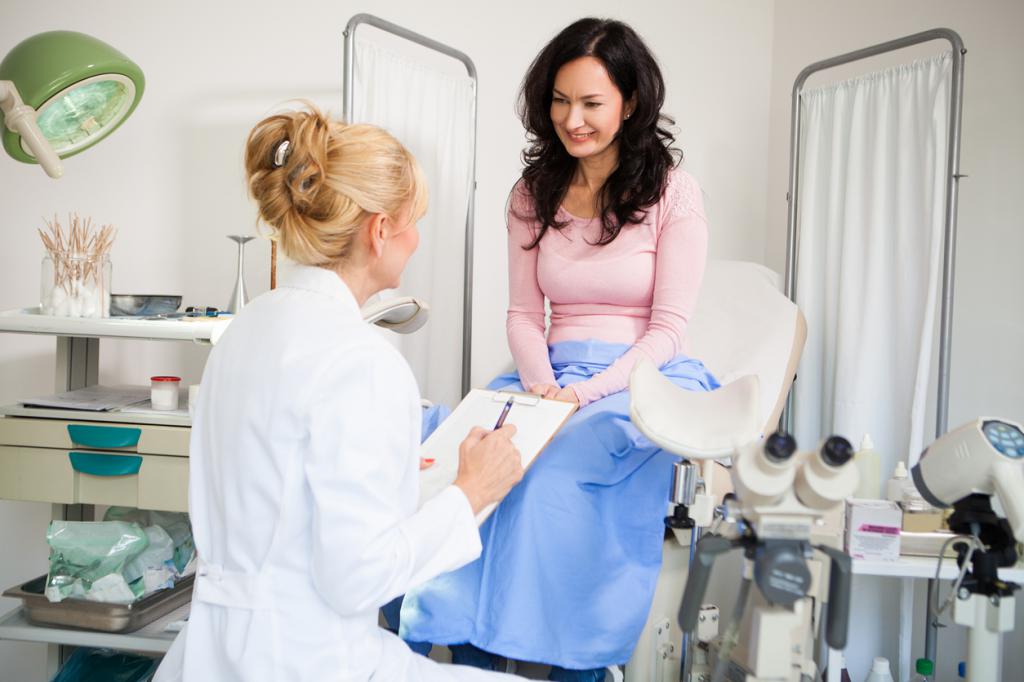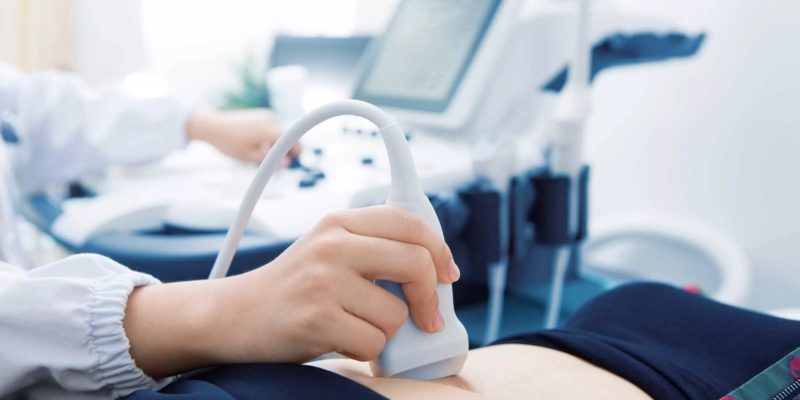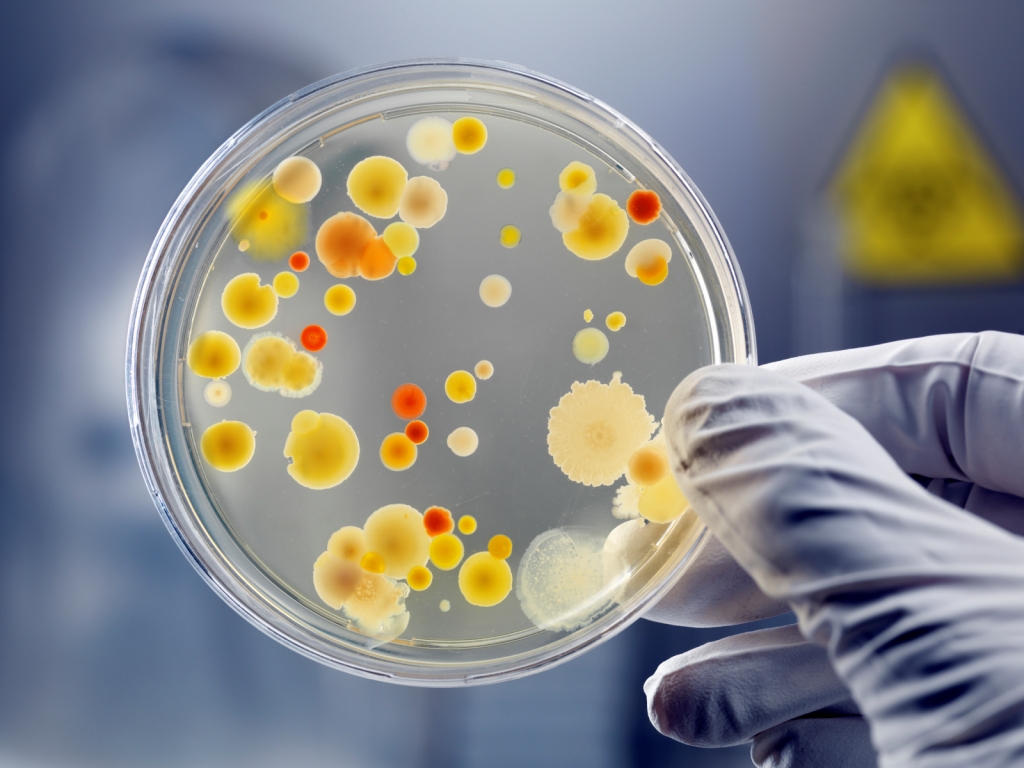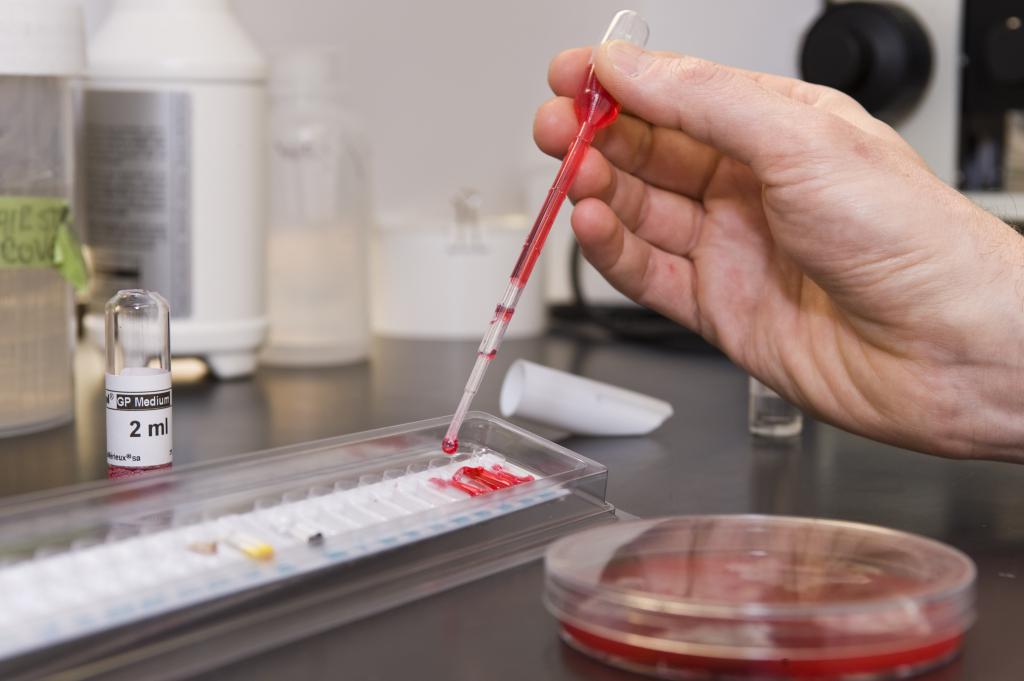Diagnosis of gynecological diseases today is a whole range of measures that are designed to study the female reproductive system as accurately as possible and obtain reliable data on its condition. Timely detection of pathology can prevent the development of the disease and maintain women's health.
When is an examination necessary?
The reason for contacting a gynecologist is a violation of the menstrual cycle, itching and burning in the genital area, pain in the lower abdomen and other symptoms. In this case, it is necessary to conduct a comprehensive examination, including gynecological tests, to identify the root cause of the disease. However, you need to understand that some diseases can be asymptomatic. That is why every woman should be responsible for their health and visit a gynecologist every six months, and not only when the first signs of the disease appear. So you can prevent the development of pathology before serious complications arise.
So what measures does a full diagnosis of gynecological disease include?
Examination by a gynecologist
At the initial stage of the diagnosis, the doctor will listen to all complaints and conduct a gynecological examination - this will visually assess the general condition of the patient, identify the presence of pathologies and inflammation. Based on the results of the examination, the patient may be assigned an additional examination, as well as the delivery of gynecological tests.

Instrumental and hardware inspection
The most common types of hardware tests prescribed by a doctor in the diagnosis of gynecological diseases are colposcopy (examination of the vagina and cervix using a digital video colposcope), hysteroscopy (examination of the uterus using an optical probe), and pelvic ultrasound.

Laboratory research
Whatever problem you apply to the gynecologist, in most cases he will prescribe you an analysis - today no examination can do without it. Gynecological tests for infections can detect inflammation, determine the quantitative and qualitative indicators of the pathogen.
The biomaterial for analysis is taken from the vagina or its vestibule, anus, urethra, cervix.
Depending on the patient’s symptoms, select the appropriate type of microscopic examination.
The main types of analysis
1. A smear on the flora.
Gynecological smear is the most common and simple laboratory test for infection. Such an analysis is always carried out, even during a routine examination.

First of all, a smear on the flora is given by patients with suspected sexually transmitted infections (candidiasis, chlamydia, trichomoniasis, gonorrhea). This method allows you to identify a number of diseases that are asymptomatic.
In some cases, taking a smear for research is simply necessary, for example:
- in the presence of vaginal discharge, indicating inflammation or infection;
- with irritation and itching in the genital area;
- with pain in the lower abdomen;
- when planning a pregnancy.
Typically, the doctor prescribes a smear in the first days after the end of menstruation. A couple of days before the test, it is necessary to stop using vaginal suppositories, tablets and ointments, and also refrain from sexual contact.
2. Bacteriological culture.
This is a microscopic examination of blood, urine or other biomaterial on the flora, during which the process of bacterial reproduction is stimulated. This method is applicable in cases where it is necessary to identify pathogenic microflora, but microorganisms in the biomaterial are contained in very small quantities. Also, bacosowing allows you to identify the degree of sensitivity of the pathogen to certain drugs.

3. PCR diagnostics
This method allows you to identify latent infection by detecting DNA fragments of the infection in biological material. PCR diagnostics are usually carried out when it is necessary to obtain the most accurate results of the study.
4. General clinical analysis of blood and urine
The main type of analysis that patients undergo during any examination. Based on the results of the analyzes, you can determine the stage of the disease and evaluate the effectiveness of the treatment that has already begun.
Additional analyzes
In addition to general gynecological tests, there are also specific methods in medicine that can diagnose various pathological changes:

1. Tests for sex hormones.
Testosterone, progesterone, estrogen, prolactin are the most important sex hormones, the level of which must be checked with symptoms such as mastopathy, menstrual irregularities, endometriosis.
2. Biopsy and cytological examination.
Biomaterial is taken to determine the presence or absence of cancer cells.
3. Analysis for tumor markers, oncocytology.
The doctor prescribes such tests in combination with other gynecological studies in order to eliminate the risk of developing cancer.
4. A test to determine pregnancy.
The analysis is carried out in order to detect the concentration of hCG hormone in the blood and urine of a woman to confirm pregnancy.
5. Postcoital test.
The so-called "compatibility test." It is carried out by couples who have difficulty conceiving a child. The test allows you to evaluate the degree of interaction of cervical mucus and sperm.
6. Analysis for HIV, hepatitis, syphilis.
Deciphering gynecological tests
Inspection by a gynecologist passed, all necessary studies have been carried out. Now the doctor must study the results of gynecological tests and determine indicators that indicate possible diseases.

- One of the most important indicators is the level of epithelial cells. The norm is no more than 15 cells in the field of view. An inflammatory process in the genitals is signaled by an increased content of these cells. If epithelial cells are not found in the smear, this is a sign of atrophy of the epithelium.
- The next indicator is white blood cells. From them you can always determine the presence of an inflammatory process. If the biomaterial is taken from the vagina, then in this case, the norm of the content of cells in the field of view is 10, and for the urethra, up to 5 cells in the field of view are allowed.
- The norm of the content of bacteria in the results of the analysis can be different, because it depends on the age category. For example, coccal flora is considered the norm in young girls, as well as in women who are in menopause. And the presence of lactobacilli is not a pathology for women of reproductive age.
- Detection of elements such as trichomonas and gonococcus in the smear indicates the presence of sexual infection.
- When determining in a smear on the flora of fungi of the genus Candida, we can talk about the development of candidiasis (sexual infection). The disease can be of a chronic nature (if fungal spores are detected) or acute (if mycelium is detected in the analysis).
- In the microflora of every woman, microorganisms such as staphylococci, enterococci and streptococci are present. As long as their content does not exceed the norm, there is nothing to worry about. However, a large number of these microorganisms indicates their transition to the active phase and the displacement of healthy flora.
When determining the final result of a smear test for flora in medicine, there is a classification that defines four degrees of vaginal purity, depending on which you can establish a diagnosis and prescribe further treatment or additional examination.
Where to get gynecological tests?
First of all, it is necessary to come for examination and consultation to a gynecologist at your clinic at the place of residence, or at any other hospital or private clinic. The doctor will write you a direction for the diagnosis of gynecological diseases, tests and studies.

In addition, today there are many private laboratories where almost all types of analysis can be passed for a fee. But in any case, first visit a doctor - so you will know exactly what types of microscopic examination you need to go through to identify the disease.